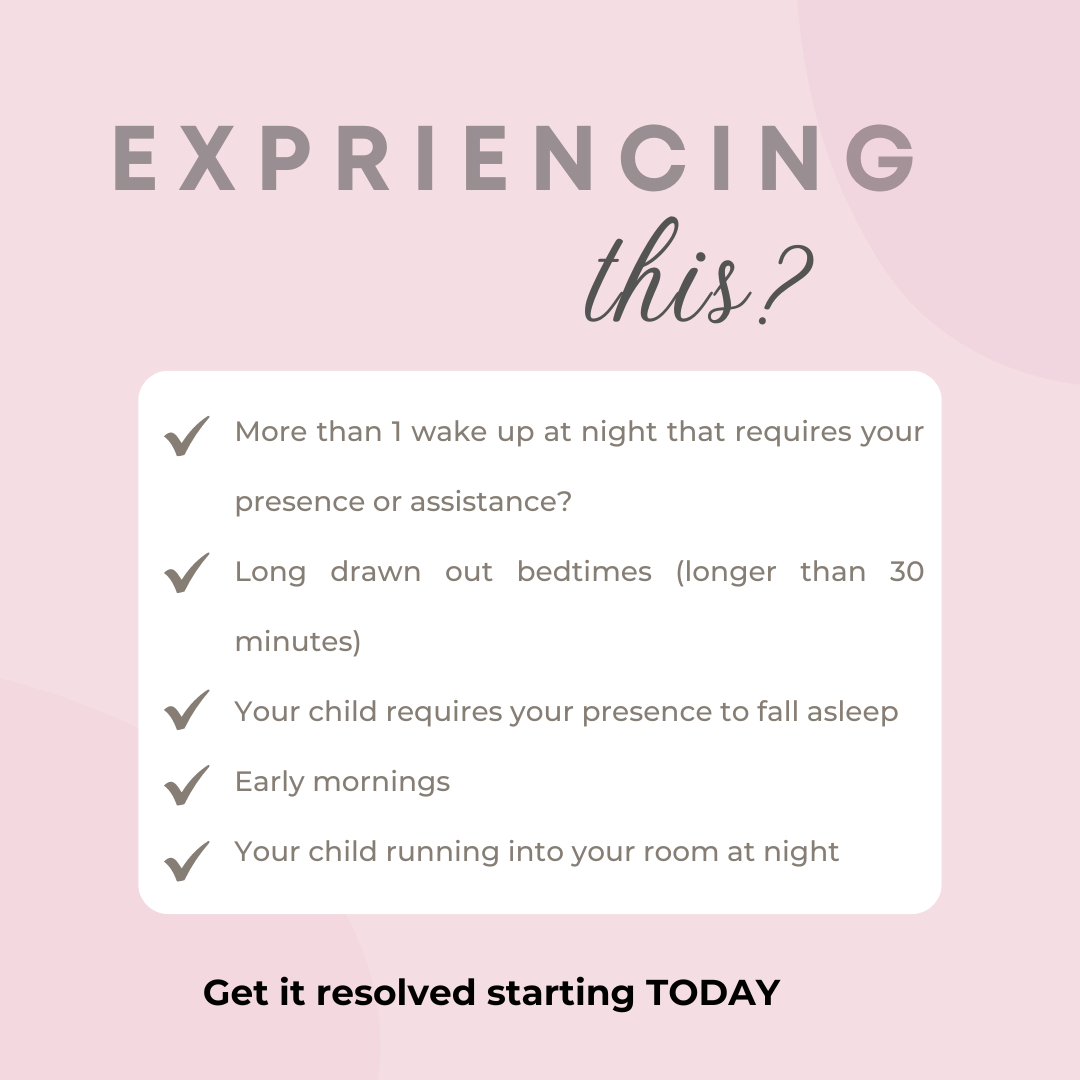Anyone with a toddler knows how unpredictable naps can be. This can take you from happily playing one minute to full meltdown mode. Ensuring your little one gets enough sleep is crucial, yet getting them to nap can feel like an uphill battle.
If you're struggling with skipped naps, you’re not alone.
Here are some tips to help your toddler get the rest they need.
Understanding the Importance of Naps
Before diving into strategies, it's important to understand why naps are essential for toddlers. Naps:
Promote Growth: Sleep is crucial for physical growth and brain development. During sleep, growth hormones are released.
Improve Mood: A well-rested toddler is generally happier and less prone to tantrums.
Enhance Learning: Sleep helps consolidate new information and skills learned during the day.
Boost Health: Adequate sleep strengthens the immune system, making toddlers less susceptible to illnesses.
Common Reasons for Skipped Naps
Overstimulation: Too much excitement or activity before nap time can make it hard for toddlers to wind down.
Inconsistent Routine: Toddlers thrive on routine. An erratic schedule can disrupt their internal clock.
Hunger or Thirst: A hungry or thirsty toddler is unlikely to settle down for a nap.
Discomfort: Uncomfortable clothing, a too-warm or too-cold room, or an uncomfortable sleeping environment can prevent naps.
Developmental Milestones: New skills or developmental phases, like learning to walk or talk, can temporarily disrupt sleep patterns.
Tips to Avoid Skipped Naps
Create a Consistent Nap Routine:
Establishing a daily nap routine can help signal to your toddler that it’s time to wind down. This routine might include:
A Quiet Activity: Reading a book or playing with a soft toy can help them transition from playtime to nap time.
Dim Lighting: Lowering the lights can create a calming environment.
A Comfort Object: A favorite blanket or stuffed animal can provide comfort and security.
2. Create a Nap-Friendly Environment
Make sure the nap space is conducive to sleep:
Comfortable Temperature: Ensure the room isn’t too hot or too cold.
Dark Room: Use blackout curtains if necessary to block out daylight.
Quiet Space: Minimize noise or use a white noise machine to block out distractions.
3. Limit Screen Time Before Naps
Screen time can be stimulating and make it harder for your toddler to wind down. Try to avoid screens at least an hour before nap time.
4. Be Flexible
While consistency is key, be prepared to adjust the routine if it’s not working. Every child is different, and what works for one might not work for another. Be patient and willing to tweak things as needed.
Does my child still need a nap?
If your child is over 2.5 years old and getting 11-13 hours of night sleep, it’s possible that their sleep needs have changed. They may need less sleep during the day and naps need to be shortened or weaned all together to maintain night sleep.
Start by shortening your nap and give it a week to assess if that is helping. Make sure you are moving bedtime up to avoid overtiredness.
Read more on how to drop that last nap HERE:
How to avoid a NO NAP NIGHTMARE! Everything you need to know about dropping that last nap.
When to Seek Help
If you’ve tried everything and your toddler is still consistently skipping naps, it might be time to consult a sleep consultant. There could be underlying issues that need to be addressed and you may need some support in dropping that nap and helping your little one sleep independently, so that they are getting the sleep they need for optimal development.
Nap time doesn’t have to be a daily struggle. By understanding the importance of naps, recognizing common reasons for skipped naps, and implementing these strategies, you can help your toddler get the rest they need. Remember, a well-rested toddler is a happier, healthier, and more content little one.


















